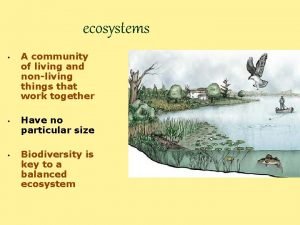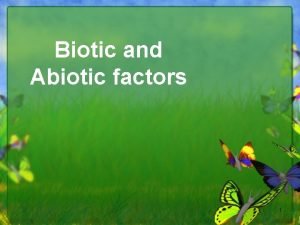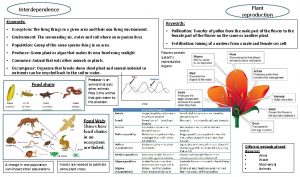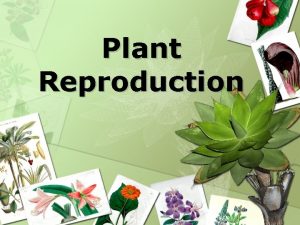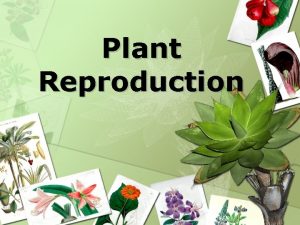Plant reproduction Interdependence Keywords Ecosystem The living things




- Slides: 4

Plant reproduction Interdependence Keywords: • Ecosystem: The living things in a given area and their non-living environment. • Environment: The surrounding air, water and soil where an organism lives. • Pollination: Transfer of pollen from the male part of the flower to the female part of the flower on the same or another plant. • Population: Group of the same species living in an area. • Fertilisation: Joining of a nucleus from a male and female sex cell. • Producer: Green plant or algae that makes its own food using sunlight. • Consumer: Animal that eats other animals or plants. • Decomposer: Organism that breaks down dead plant and animal material so nutrients can be recycled back to the soil or water. Food chain: Predator is an animal that eats other animals Prey is the animal that gets eaten by the predator. Food Web: Shows how food chains in an ecosystem are linked. A change in one population can impact other populations. Flowers contain a plant’s reproductive organs: Insects are needed to pollinate some plant crops. Different methods of seed dispersal: • Wind • Water • Mechanical • Animals

Metals are oxidised to form oxides Copper + oxygen Key Words Metals: Shiny, good conductors of electricity and heat, malleable and ductile, and usually solid at room temperature. Non-metals: Dull, poor conductors of electricity and heat, brittle and usually solid or gaseous at room temperature. Displacement: Reaction where a more reactive metal takes the place of less reactive metal in a compound. Oxidation: Reaction in which a substance combines with oxygen. Reactivity: The tendency of a substance to undergo a chemical reaction. copper oxide Oxidation Hydrogen test – lighted splint Squeaky pop! Metals react with acids to form salts: . Metals and Non-metals

Universal Indicator Some common acids: Acids and Alkalis Strong Hydrochloric acid Sulfuric acid Nitric acid Weak Ethanoic acid Citric acid Some common alkalis or bases: Sodium hydroxide Calcium carbonate Oven Cleaner Indigestion tablets Bicarbonate of soda KEY WORDS • p. H: Scale of acidity and alkalinity from 0 to 14. • Indicators: Substances used to identify whether unknown solutions are acidic or alkaline. • Base: A substance that neutralises an acid - those that dissolve in water are called alkalis. • Concentration: A measure of the number of particles in a given volume. • Neutralisation: When an alkali or base is added to an acid (or vice-versa) until the p. H changes to 7. • Neutral: A solution with a p. H of 7. Representing neutralisation reactions Word equations: Acid + Alkali Salt + Water • Corrosive: A substance which can burn or destroy living material eg: Hydrochloric + sodium chloride + water • Irritant: A substance which can cause reddening or itching acid hydroxide when it comes into contact with the skin Symbol equation: HCl (aq) + Na. OH(aq) Na. Cl(aq) + H 2 O (l)

Voltage & Resistance and Current Circuit symbols: Keywords: • Potential difference (voltage): The amount of energy shifted from the battery to the moving charge, or from the charge to circuit components, in volts (V). • Resistance: A property of a component, making it difficult for charge to pass through, in ohms (Ω). • Current: Flow of electric charge, in amperes (A). • Electrical conductor: A material that allows current to flow through it easily, and has a low resistance. • Electrical insulator: A material that does not allow current to flow easily, and has a high resistance. Series circuit: components on same loop Parallel circuit: components on separate loops - Current constant all the way around - Current split between the components Electrons are tiny particles that carry a negative charge If an object: • Gains electrons it becomes negatively charged • Loses electrons it becomes positively charged


